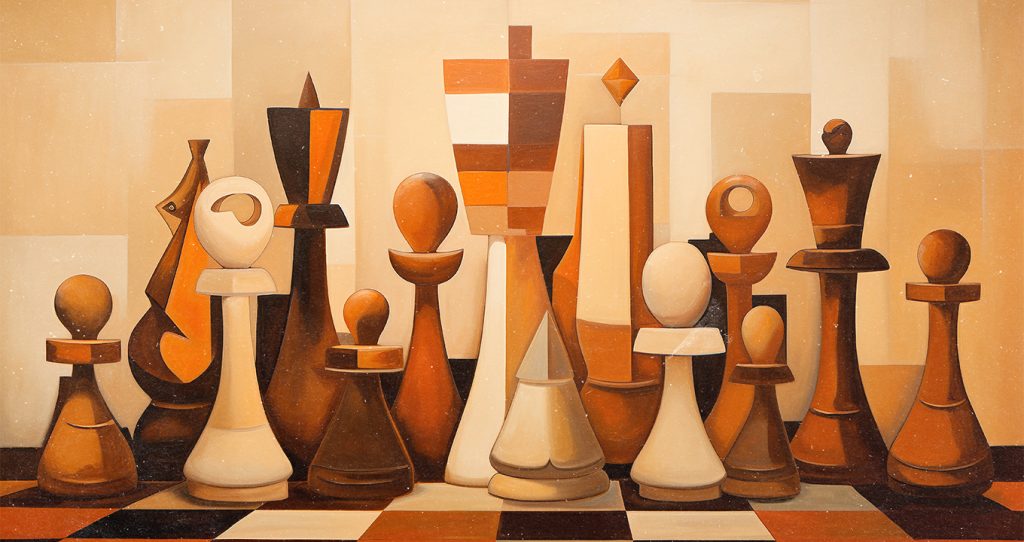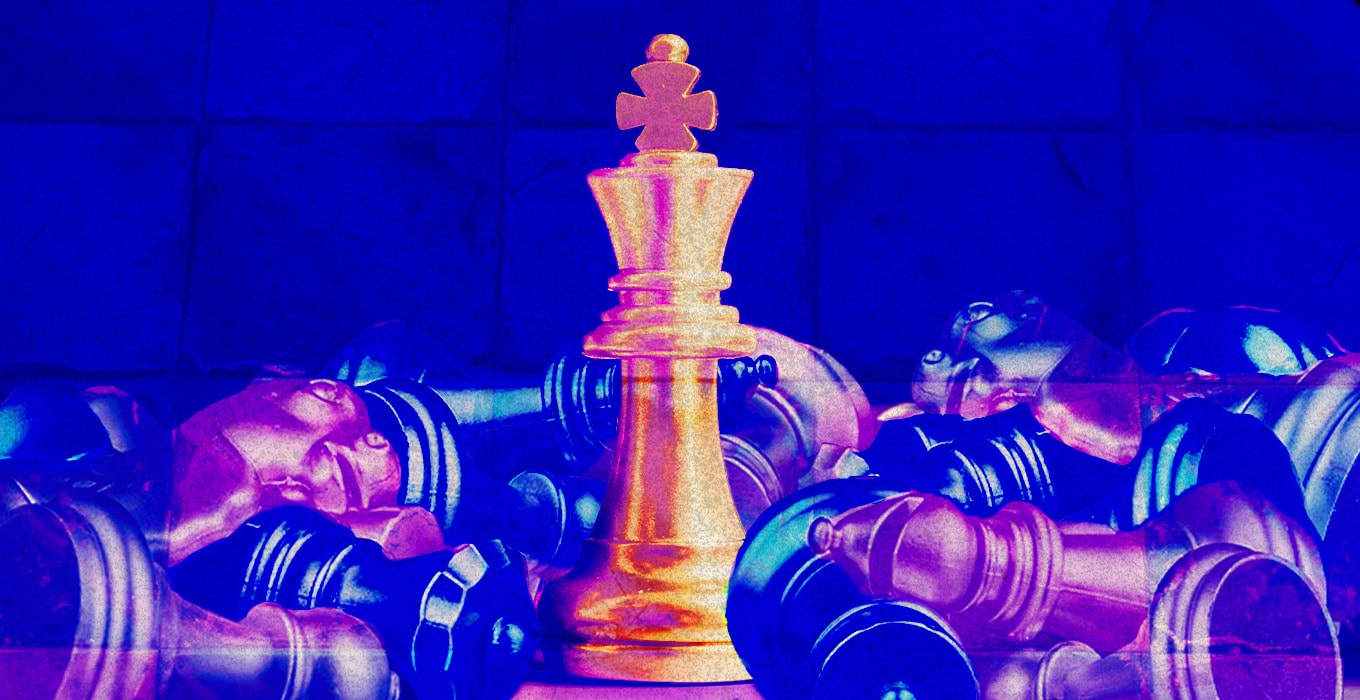Last month I presented a couple of examples that showed the importance of the study of the classical examples. Now I would like to present a few more, which I hope will motivate you to study the classics.
The King’s Indian is one of the “newest” openings in chess. It only began its serious development in the early 1950s with the efforts of Gligoric, Geller, Najdorf, Boleslavsky and Bronstein being the pioneers. No less important was Bronstein’s book on the Zurich Interzonal in 1953 where in the analysis of the games Bronstein verbally explained Black’s ideas in this opening.
In spite of that, some ideas of the King’s Indian were already known from the early 20th century, as strange as it may sound – after all they were playing only classical openings back then… Still, the genius of Rubinstein could grasp the intricacies of a King’s Indian structure even back in 1907!
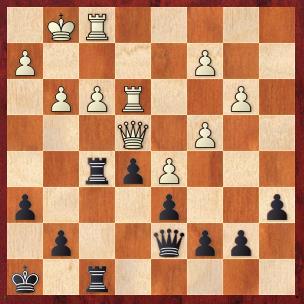
A typical KID structure, only Black doesn’t have a pawn on g6 but that is irrelevant here. In the game Janowski-Rubinstein from 1907, Rubinstein comes up with a fantastic maneuver that became common knowledge for all KID players later on. Black finds an ingenious way to activate his queen: 29…Qd8!! followed by 30…Qb8 and 31…Qa7. Amazing!
When something is known, then it is easier to apply it in similar situations. This is the position from the games Kramnik-Nunn and Shirov-Polgar J, both from 1994.
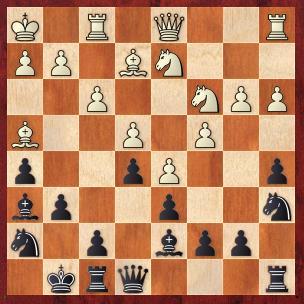
In both games, Black played 15…Qb8, with the idea of …Qa7 and’…Be3, establishing control over the g1-a7 diagonal and activating his pieces.
Another striking example, one that never ceases to amaze me, is the creation of a second weakness in an IQP position. You may recognise the position from the famous game Botvinnik-Zagoriansky from 1943. 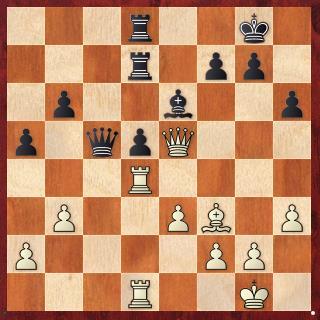
After 25.g4! White shows the need for a second weakness to win the game and it can only be created on the kingside.
Now take a look at what Karpov did 36 years later. The game is Karpov-Spassky from 1979.
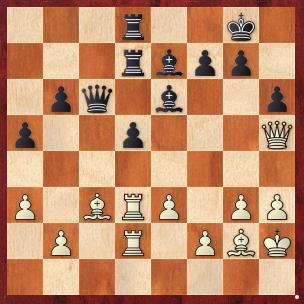
Karpov played 31.f4! followed by Qd1 and then g4.
There are many examples like this. As I noted in my previous post, almost everything has been played out. It takes a lot of study to be able to “connect” the typical themes like this, but in the end it is attainable.
I could only feel comfortable in my knowledge if I could “quote” the “original” of a certain theme or maneuver. This is of course personal and you should find your own way of committing to memory everything useful you pick up from the study of the classics. So, study the classics!

